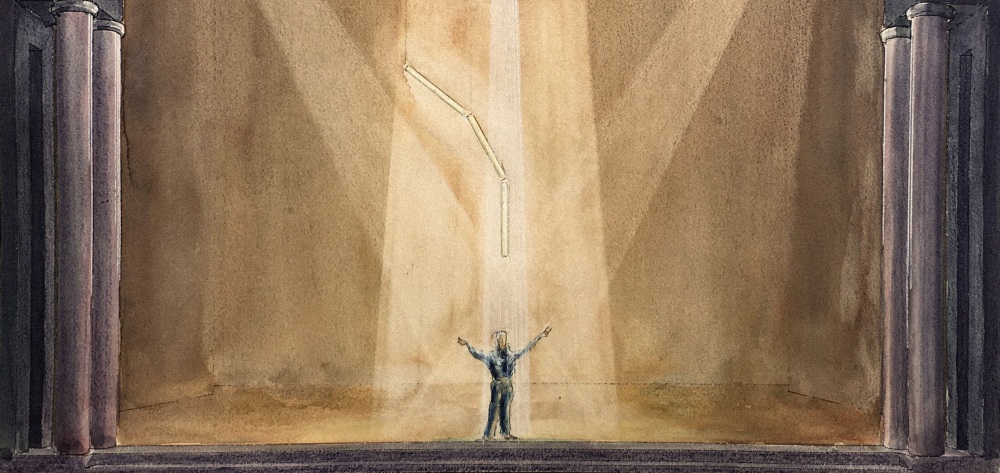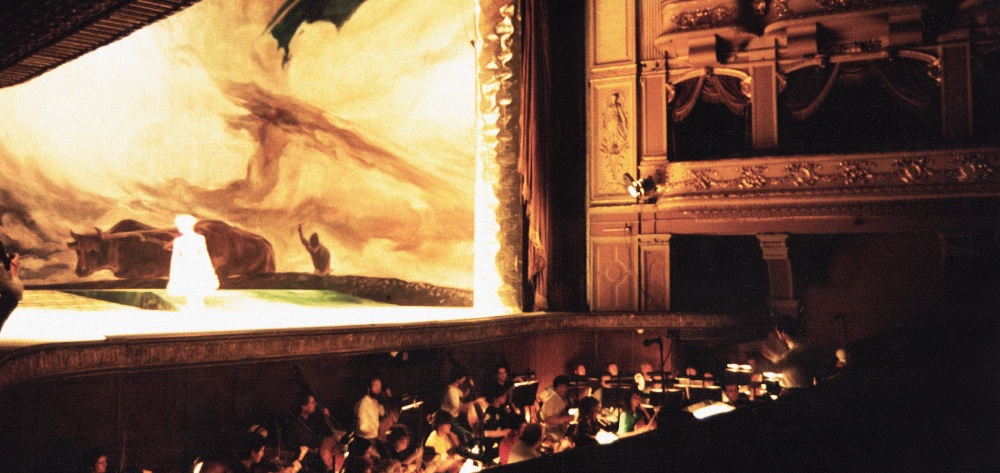About Cookies
Cookies are small text files that can be used by websites to make a user's experience more efficient.
The law states that we can store cookies on your device if they are strictly necessary for the operation of this site. For all other types of cookies we need your permission.
This site uses different types of cookies. Some cookies are placed by third party services that appear on our pages.
You can at any time change or withdraw your consent from the Cookie Declaration on our website.
Learn more about who we are, how you can contact us and how we process personal data in our Privacy Policy.
Your consent applies to the following domains: ignasicristia.com
Cookie declaration
Necessary (4)
Necessary cookies help make a website usable by enabling basic functions like page navigation and access to secure areas of the website. The website cannot function properly without these cookies.
| Name |
Provider |
Purpose |
Expiry |
| cookies_accepted |
ignasicristia.com |
Remember which type of cookies the user has accepted. |
1 year |
| larara_session |
ignasicristia.com |
Remember the language chosen by the user or inferred from browser's preferences. |
2 hours |
| projects_order |
ignasicristia.com |
Remember order in projects list. |
End of sessión |
| XSFR-TOKEN |
ignasicristia.com |
Prevent CSRF attacks. |
2 hours |
Statistics (3)
Statistic cookies help website owners to understand how visitors interact with websites by collecting and reporting information anonymously.
| Name |
Provider |
Purpose |
Expiry |
| _ga |
google.com |
Used to distinguish users. |
2 years |
| _gid |
google.com |
Used to distinguish users. |
24 hours |
| _gat_gtag_UA_1287884_55 |
google.com |
Saves the Google Analytics property used on the website. |
2 years |


